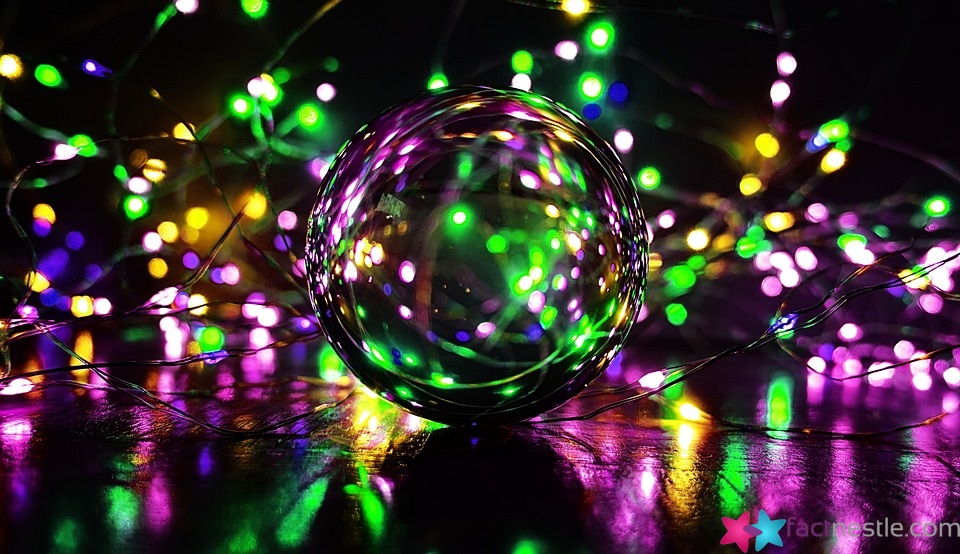The Art of Freeze Motion: Action Photography Tips
Introduction
Capturing the perfect action shot can be a challenging but rewarding experience for any photographer. Freeze motion photography allows you to capture a split-second moment in time, creating dynamic and visually striking images. In this article, we will discuss some tips and techniques for mastering the art of freeze motion action photography.
Understanding Freeze Motion Photography
Freeze motion photography is all about capturing fast-moving subjects in sharp focus. By using a fast shutter speed, you can freeze the motion of your subject and create a dynamic image that conveys a sense of movement and energy. Understanding the technical aspects of freeze motion photography is essential for achieving stunning results.
Choosing the Right Shutter Speed
One of the most important factors in freeze motion photography is choosing the right shutter speed. A fast shutter speed (1/500 second or faster) is typically needed to freeze the motion of a moving subject. Experiment with different shutter speeds to find the perfect balance between freezing motion and capturing detail.
Use Continuous Shooting Mode
Continuous shooting mode, also known as burst mode, is a useful feature for capturing action shots. By shooting a rapid series of images in quick succession, you can increase your chances of capturing the perfect moment. This is especially helpful when shooting fast-moving subjects such as athletes or wildlife.
Composition and Framing
In freeze motion photography, composition and framing play a crucial role in creating visually appealing images. Pay attention to the background and surrounding elements to ensure that your subject stands out. Experiment with different angles and perspectives to add interest and drama to your images.
Focus and Depth of Field
Achieving sharp focus is essential in freeze motion photography. Use single-point autofocus to track your subject and ensure that it remains in focus throughout the shot. Consider using a narrow aperture to create a greater depth of field, keeping both your subject and background in sharp focus.
Lighting and Exposure
Good lighting is key to successful freeze motion photography. Shoot in bright natural light or use external flash to freeze the action and reduce motion blur. Pay attention to exposure settings to ensure that your images are properly exposed and free of unwanted noise.
Conclusion
Mastering the art of freeze motion photography takes practice and patience, but the results can be truly stunning. By understanding the technical aspects of freeze motion photography, experimenting with different techniques, and paying attention to composition and framing, you can capture dynamic and visually striking action shots that will impress viewers.
FAQs
1. How can I achieve sharp focus in freeze motion photography?
2. What is the best shutter speed for capturing fast-moving subjects?
3. Do I need special equipment for freeze motion photography?
4. How can I improve my composition and framing in action shots?
5. What is the role of lighting in freeze motion photography?
6. Can I use a mobile phone camera for freeze motion photography?
7. What are some common mistakes to avoid in action photography?
8. How can I capture motion blur in my photos?
9. Are there any editing techniques I can use to enhance my freeze motion images?
10. Where can I find inspiration for freeze motion photography projects?



![Quintessential beauty: Embracing the charm of [Destination]](https://factnestle.com/wp-content/uploads/2024/03/Quintessential-beauty-Embracing-the-charm-of-Destination.jpg?v=1711490420)